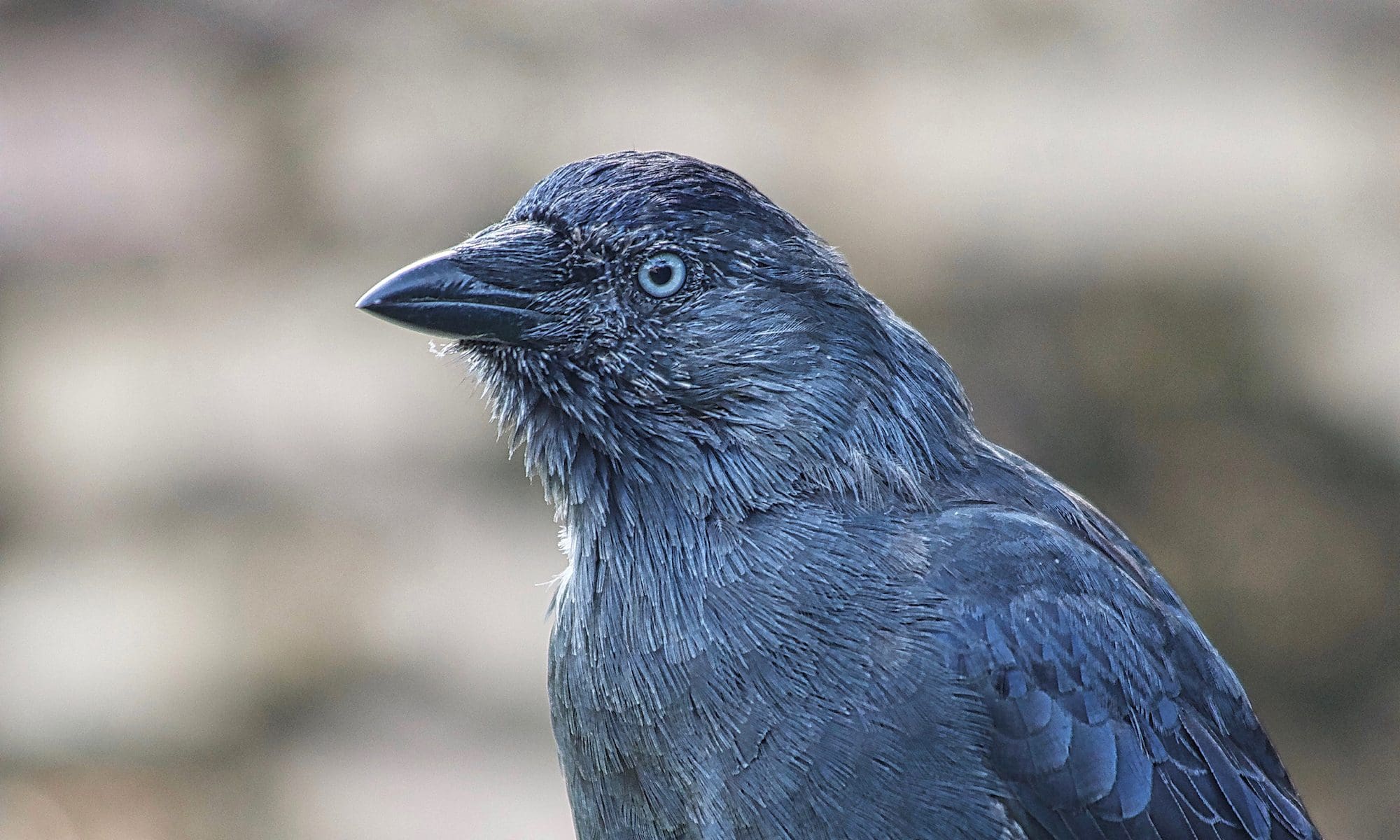Most avian species are susceptible to one or more of the avian poxvirus strains and / or species. It has been reported that naturally occurring avian pox infections can affect about 60 species of wild birds, comprising 20 families. Poxviruses can be transmitted in a number of different ways. Even though they are unable to penetrate unbroken skin, small abrasions are sufficient to permit infection. The most common method of transmission is by means of biting insects such as mosquitos, mites, midges or flies. Many biting insects have been shown to be mechanical vectors only, transferring the virus from infected to susceptible birds by contamination of their skin-piercing mouthparts. Transmission can also occur directly by contact between infected and susceptible birds or by contact with contaminated objects, such as bird feeder perches. Aerosol transmission, although rare, can occur from viruses being carried along with dust, particularly in confined situations such as aviaries. At the time of year when vectors are at the highest numbers, avian pox transmission is greatest. 1


